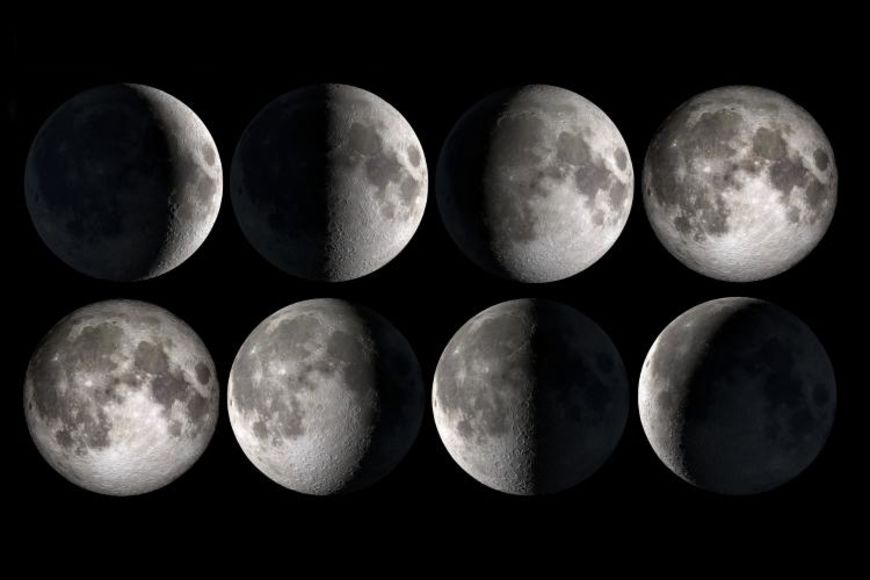The Islamic calendar, also known as the Hijri calendar, holds significant spiritual and cultural importance in the Muslim world. Unlike the widely used Gregorian calendar, the Islamic calendar is lunar-based, which gives it a unique rhythm tied to the phases of the moon. In this blog, we will explore how the Islamic lunar calendar works, its key features, and why it plays such a crucial role in the lives of Muslims around the globe.
For further insights into the workings of the Islamic calendar and its significance, visit The Islamic Calendar: How Does It Work and Why Is It Lunar?.

What is the Islamic Calendar?
The Islamic calendar is used to determine important dates in the Islamic faith, including Ramadan, Eid al-Fitr, Eid al-Adha, and other religious events. It consists of 12 lunar months, with each month beginning when the new moon is sighted. The lunar cycle lasts approximately 29.5 days, which means that the Islamic year is shorter than the solar year by about 10 to 12 days.
As a result, Islamic holidays shift each year when viewed through the lens of the Gregorian calendar. For example, Ramadan, the holy month of fasting, can fall in any season depending on the year, rotating across different months over time.
Key Features of the Islamic Calendar
-
Lunar Basis: Unlike the solar-based Gregorian calendar, the Islamic calendar strictly follows the phases of the moon. Each month starts with the sighting of the new crescent moon and lasts for 29 or 30 days, depending on the moon's visibility.
-
Hijri Year: The Islamic calendar begins with the migration (Hijra) of the Prophet Muhammad (PBUH) from Mecca to Medina in 622 CE. This event marks the starting point, and the years are denoted as "AH" (Anno Hegirae).
-
Twelve Lunar Months: The Islamic year comprises 12 months, some of which hold special significance, such as Ramadan (the month of fasting), Dhul-Hijjah (the month of pilgrimage), and Muharram (the first month, which is sacred for reflection and prayer).
-
Religious Importance: The calendar determines the timing of key religious practices. The exact dates of Islamic holidays like Eid are announced based on moon sighting, keeping Muslims connected to natural cycles.
-
Shorter Year: Because the lunar calendar is approximately 10-12 days shorter than the Gregorian calendar, Islamic dates move backward through the Gregorian year. This means that Muslims experience religious months like Ramadan at different times of the year throughout their lifetime.
Why is the Islamic Calendar Lunar?
The lunar nature of the Islamic calendar ties closely to religious practices outlined in the Quran and Hadiths. The Prophet Muhammad (PBUH) guided his followers to observe religious events based on the moon, emphasizing the need for simplicity and connection to nature. The moon's phases are visible and accessible to all, which ensures that Islamic practices are grounded in a natural and universal system.
Moreover, the lunar calendar offers a reminder of the passage of time in a cyclical and spiritual sense, where reflection, renewal, and closeness to Allah are central.
Months in the Islamic Calendar
- Muharram: A sacred month; the Day of Ashura falls here.
- Safar: The second month of the Islamic calendar.
- Rabi al-Awwal: The birth month of the Prophet Muhammad (PBUH).
- Rabi al-Thani: Also known as Rabi al-Akhir.
- Jumada al-Awwal: The fifth month.
- Jumada al-Thani: The sixth month.
- Rajab: One of the four sacred months in Islam.
- Sha'ban: The month before Ramadan.
- Ramadan: The holiest month of fasting.
- Shawwal: Begins with Eid al-Fitr.
- Dhul-Qi'dah: A month of peace and reflection.
- Dhul-Hijjah: The month of Hajj and Eid al-Adha.
The Role of Moon Sighting in Determining Dates
One of the most unique features of the Islamic calendar is the reliance on moon sighting for determining the start of each month. While modern technology allows for precise calculations of moon phases, traditional practices still emphasize physically sighting the new crescent moon to mark the beginning of key months like Ramadan and Dhul-Hijjah. Communities across the world eagerly wait for announcements from local religious authorities about when the new moon has been seen.

The Connection Between Time, Faith, and the Moon
The Islamic lunar calendar connects Muslims to a deeper, cyclical rhythm. Every time the new moon is sighted, it serves as a reminder of renewal, growth, and the importance of time in one’s spiritual journey. This calendar ties Islamic practices to nature in a way that highlights the balance between the worldly and the divine.
The Islamic lunar calendar holds profound importance in the Islamic faith, guiding religious practices, and creating a unique connection between Muslims and the natural world. Its simplicity and reliance on the moon's phases provide a spiritual rhythm that enhances devotion and reflection.